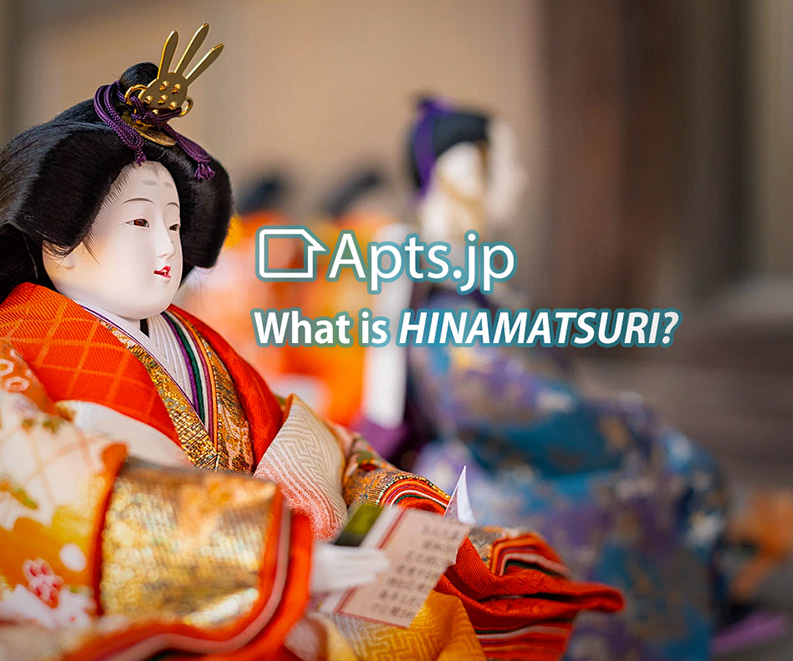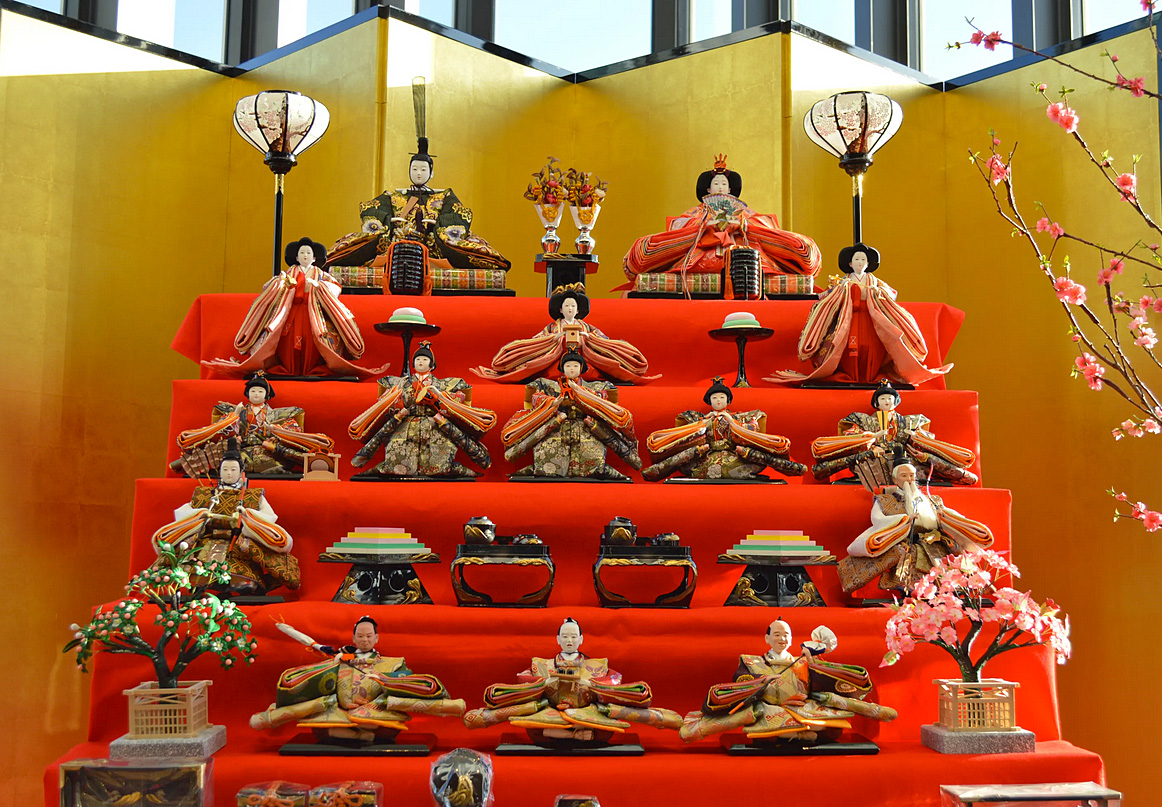
01 Mar Sekku Part 1: Hinamatsuri
Last Modified on July 2nd, 2021 at 08:15 pm
Category: Japanese Culture, Seasonal, Social & Culture
The Four Seasons in Tokyo
Spring is on its way!
The flowers of the plum tree are the harbingers of spring in Japan – giving Tokyoites a reminder that winter is finally coming to an end. The plum blossoms begin in February, followed by the peach blossoms in March. And of course, let’s not forget Japan’s world famous cherry blossoms. They bloom in April and their significance permeates throughout Japanese culture and life.
While the Japanese calendar follows the Gregorian calendar throughout the year, symbolic new beginnings in Japan are directly tied to the the seasons. For example, you may have noticed that Japanese schools begin in April, as do the fiscal year of most corporations. This makes April the start of a new year. So whether you’re a student or an employee, get ready for a new start!
The seasons in Japan are clearly marked by important, cultural celebrations. These celebrations, called Sekku, can be found throughout the year. The most commonly practiced celebrations are the five sekku, held in January, March, May, July, and September of each year.
These celebrations occur on the same day as their corresponding month (1/1, 3/3, 5/5, 7/7, and 9/9). They occur on these dates as it is long believed that odd numbers have the power to ward off evil spirits.
Hinamatsuri – Japan’s Girls’ Day

The current season – as this blog is being published – is right before the March 3rd celebration for Hinamatsuri. Traditionally known as the Peach Festival (momo no sekku), Hinamatsuri highlighted the blossoming of peach trees in Japan.
In current times, Hinamatsuri is primarily a family celebration which wishes good health and fortune upon small daughters.
From mid February to March 3rd, you will often find beautiful, handcrafted dolls decorating the homes of families with daughters. During this period, home flower arrangements will often include peach blossoms, while traditional snacks such as arare and hishi mochi are served to guests and family alike. If you are visiting a home celebrating Hinamatsuri, chances are you will be served a colorful meal of chirashi sushi and amazake – the traditional meals for this celebration.
Whether in the supermarket or at the conbini, you’ll undoubtedly come across goods and displays for Hinamatsuri celebrations. We hope that you’ll be able to enjoy these sites knowing that the celebrations are full of hope for the future of girls celebrating Hinamatsuri today.
 Hinamatsuri “Hinaarare” brand treats at a convenient store
Hinamatsuri “Hinaarare” brand treats at a convenient store
Related articles:
Sekku Part 2: Golden Week and Boys Day
Sekku Part 3: Star Festival / TANABATA and eel eating day